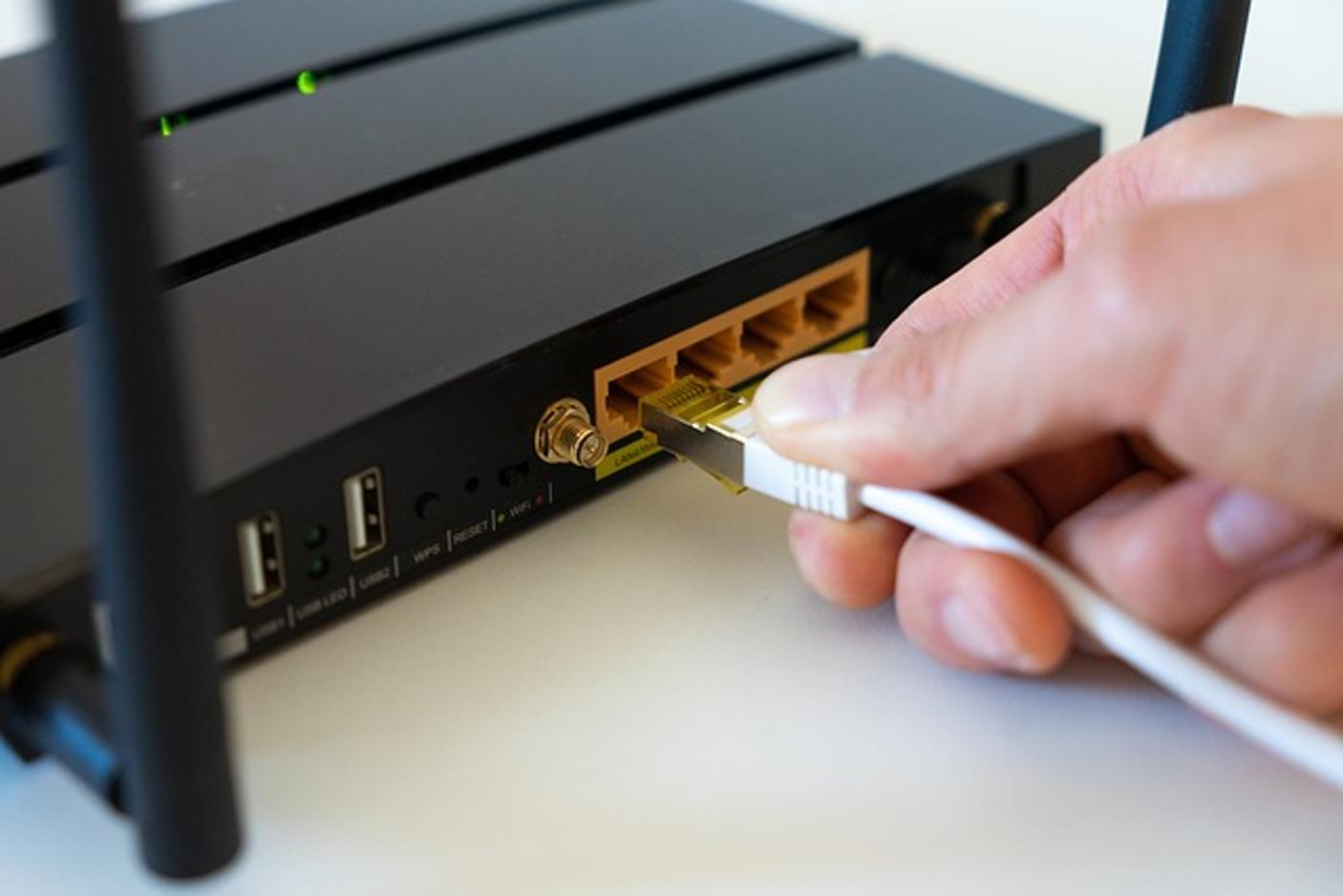Understanding and Optimizing the MR60 Router IP: A Comprehensive Guide
Introduction
A key element in managing your home network is understanding how to access and optimize your MR60 router IP. Mastering this fundamental aspect can significantly enhance your internet experience, providing faster speeds, greater security, and more reliable connectivity. This guide walks you through everything you need to know about the MR60 router IP, from accessing it to troubleshooting common issues and boosting network performance.

What is the MR60 Router IP?
The MR60 router IP is essentially the unique address assigned to your MR60 router within your home network. Serving as a gateway to your router's settings, it allows you to manage your network's configuration. Typically, this IP address is used to:
- Access the router's settings page.
- Set up and configure your network settings.
- Troubleshoot connectivity issues.
- Enhance network security through various configurations.
Understanding this IP address is crucial because it unlocks the potential to customize and protect your network according to your needs.
How to Access the MR60 Router IP
Accessing the MR60 router IP is a straightforward process that anyone can follow. Here are the steps:
- Connect to the Network: Ensure your device is connected to the MR60 router's network, either via Wi-Fi or an Ethernet cable.
- Find the IP Address: On most MR60 routers, the default IP address is commonly set to 192.168.1.1 or 192.168.0.1.
- Open a Web Browser: Launch your preferred web browser and type the IP address into the address bar, then press Enter.
- Login: You'll be prompted to enter a username and password. By default, these are usually 'admin' for both fields unless you've changed them.
Now that you're logged into the router’s settings page, you have full access to configure various settings for optimal performance.
Initial Setup and Configuration
Setting up your MR60 router for the first time is a crucial step towards achieving a secure and efficient network. Here’s how you can do it:
- Run the Setup Wizard: Once logged into the router settings, most MR60 routers provide a setup wizard to guide you through the initial configuration.
- Set Up SSID and Password: Customize your network name (SSID) and set a strong password to secure your Wi-Fi.
- Choose Security Protocol: Opt for the latest security protocol, such as WPA3, to ensure your network is safe from intruders.
- Configure Additional Settings: Depending on your preferences, you may also want to set up guest networks, parental controls, and quality of service (QoS) settings to prioritize certain devices.
Once the initial setup is complete, your MR60 router is ready to deliver optimal performance and security.
Security Best Practices
Network security is paramount in today's digitally connected world. Here are some best practices to secure your MR60 router IP and network:
- Change Default Login Credentials: Always change the default username and password to something unique and secure.
- Enable Network Encryption: Ensure that your Wi-Fi encryption is enabled (preferably WPA3).
- Update Firmware Regularly: Keeping your router's firmware updated protects against vulnerabilities.
- Disable WPS: Wi-Fi Protected Setup (WPS) can be a security risk, so it’s best to disable it unless necessary.
- Monitor Connected Devices: Regularly check the devices connected to your network to spot any unauthorized access.
By following these steps, you can maintain a secure and resilient home network.
Troubleshooting Common MR60 Router IP Issues
Occasionally, you might encounter issues with your MR60 router and its IP address. Here’s how to troubleshoot common problems:
- Can't Access the Router Login Page: Ensure your device is connected to the network. If the issue persists, try restarting your router and clearing your browser cache.
- Forgotten Login Credentials: If changing login credentials results in forgotten login information, reset the router to its factory settings. Locate the reset button on the router, press, and hold it for about 10 seconds.
- Network Connection Dropping: Check the firmware for updates and ensure there are no signal interferences from other devices.
Effective troubleshooting can resolve most common issues quickly, maintaining network stability.
Optimizing Network Performance
Optimizing your MR60 router IP can ensure that you get the most out of your network. Consider the following tips:
- Placement of Router: Ensure that the router is placed in a central location free from obstructions.
- Channel Selection: Change to a less crowded Wi-Fi channel if you experience interference.
- QoS Settings: Enable Quality of Service (QoS) to prioritize bandwidth for gaming, streaming, or other high-demand applications.
- Regular Reboots: Periodically reboot your router to clear its cache and enhance performance.
These simple yet effective strategies can go a long way in maintaining a robust and high-performing network.
Conclusion
Understanding and optimizing your MR60 router IP is pivotal for a seamless networking experience. From the initial setup to advanced configuration and troubleshooting, managing your MR60 router effectively ensures secure and fast internet connectivity. Implementing these guidelines and best practices enhances not only the performance but also the security of your network, providing a superior online experience for all users.
Frequently Asked Questions
How do I find the MR60 router's IP address?
Typically, the default IP address for MR60 routers is either 192.168.1.1 or 192.168.0.1, accessible via any web browser.
What do I do if I can't access my MR60 router settings?
Ensure you are connected to the router network, restart your router, and clear your browser cache. If all else fails, perform a factory reset.
How can I optimize my MR60 router for better performance?
Optimize by placing the router centrally, using less crowded channels, enabling QoS, and regularly rebooting the router for peak performance.



